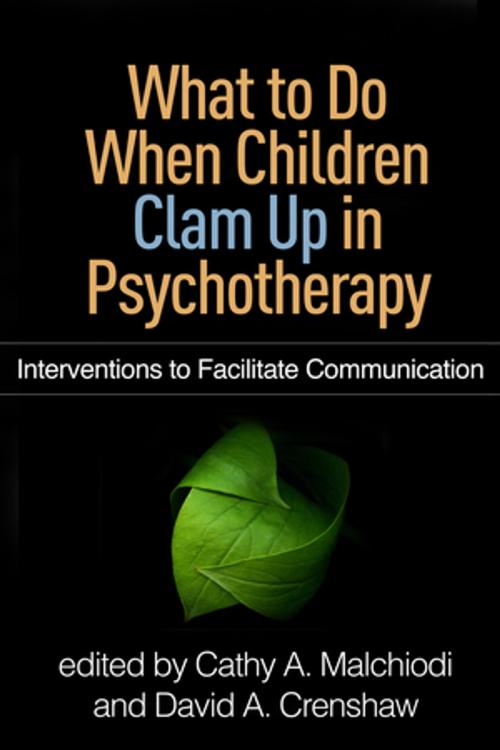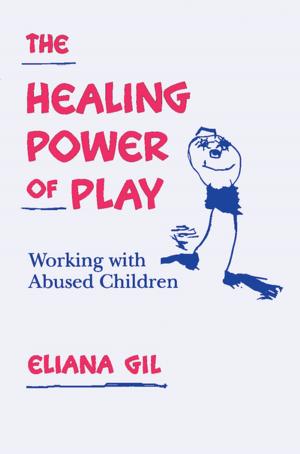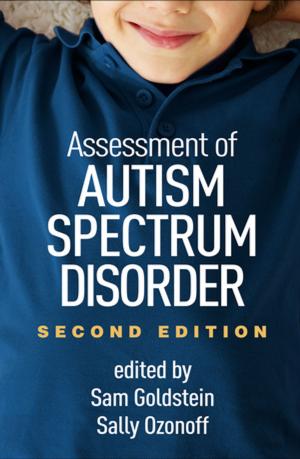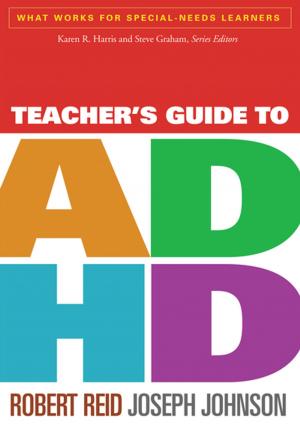What to Do When Children Clam Up in Psychotherapy
Interventions to Facilitate Communication
Nonfiction, Health & Well Being, Psychology, Psychiatry, Child & Adolescent, Child Psychology, Social & Cultural Studies, Social Science, Social Work| Author: | ISBN: | 9781462530458 | |
| Publisher: | Guilford Publications | Publication: | May 30, 2017 |
| Imprint: | The Guilford Press | Language: | English |
| Author: | |
| ISBN: | 9781462530458 |
| Publisher: | Guilford Publications |
| Publication: | May 30, 2017 |
| Imprint: | The Guilford Press |
| Language: | English |
Therapists who work with children and adolescents are frequently faced with nonresponsive, reticent, or completely nonverbal clients. This volume brings together expert clinicians who explore why 4- to 16-year-olds may have difficulty talking and provide creative ways to facilitate communication. A variety of play, art, movement, and animal-assisted therapies, as well as trauma-focused therapy with adolescents, are illustrated with vivid clinical material. Contributors give particular attention to the neurobiological effects of trauma, how they manifest in the body when children "clam up," and how to help children self-regulate and feel safe. Most chapters conclude with succinct lists of recommended practices for engaging hard-to-reach children that therapists can immediately try out in their own work.
Therapists who work with children and adolescents are frequently faced with nonresponsive, reticent, or completely nonverbal clients. This volume brings together expert clinicians who explore why 4- to 16-year-olds may have difficulty talking and provide creative ways to facilitate communication. A variety of play, art, movement, and animal-assisted therapies, as well as trauma-focused therapy with adolescents, are illustrated with vivid clinical material. Contributors give particular attention to the neurobiological effects of trauma, how they manifest in the body when children "clam up," and how to help children self-regulate and feel safe. Most chapters conclude with succinct lists of recommended practices for engaging hard-to-reach children that therapists can immediately try out in their own work.















